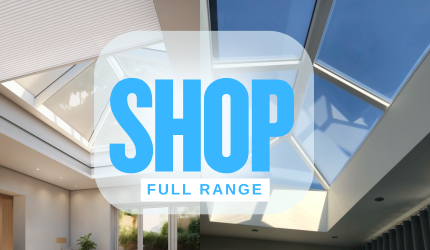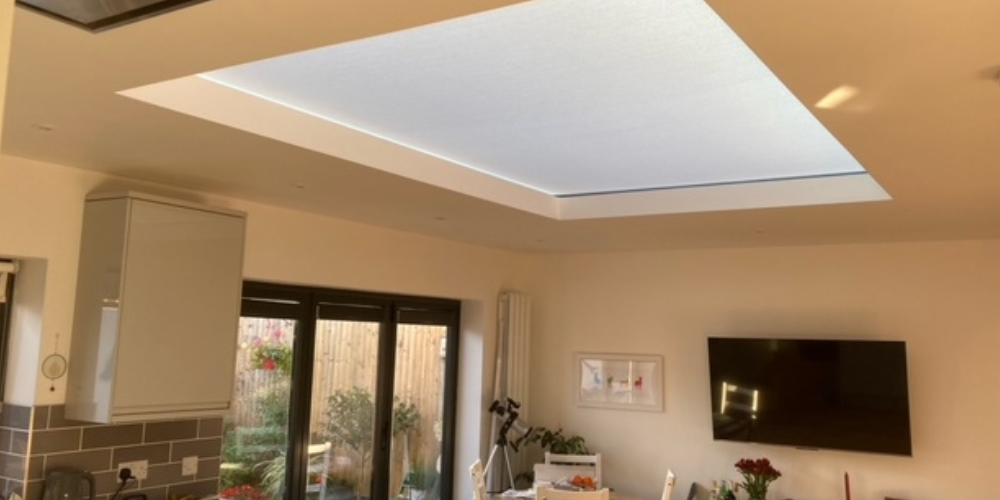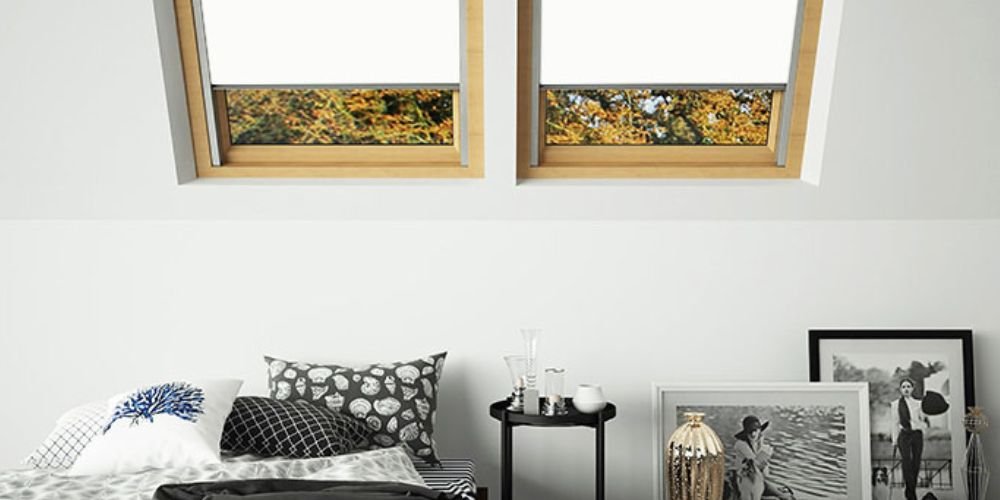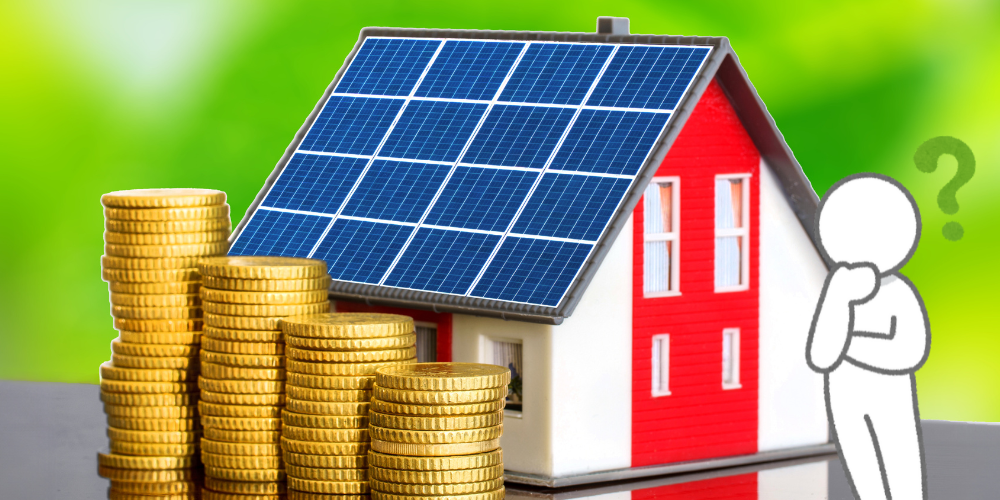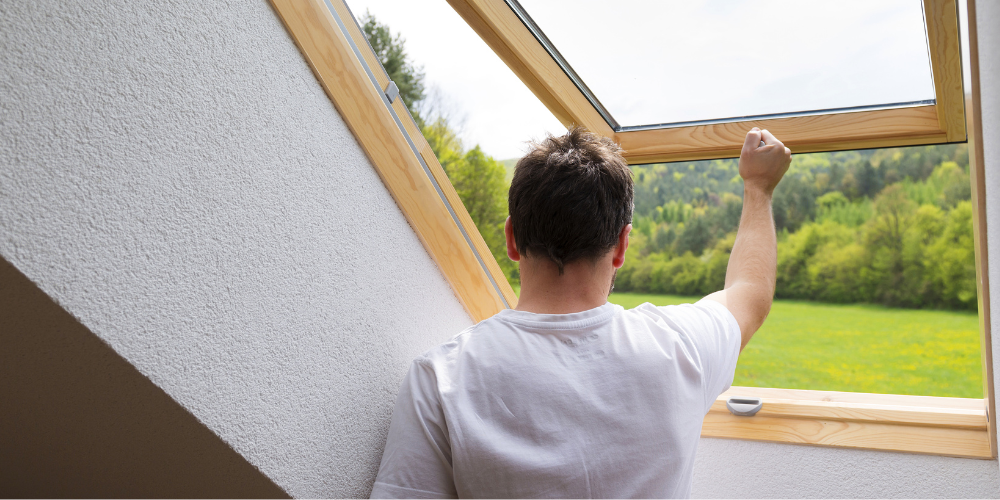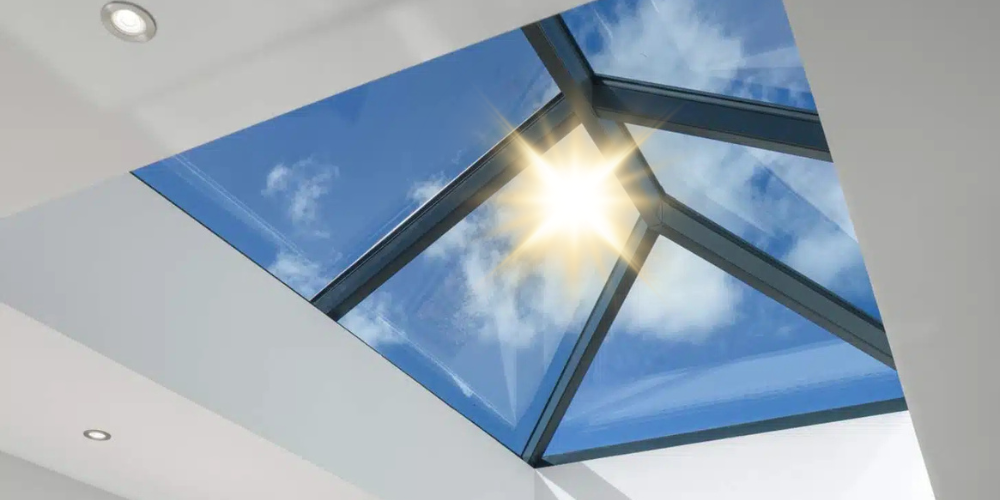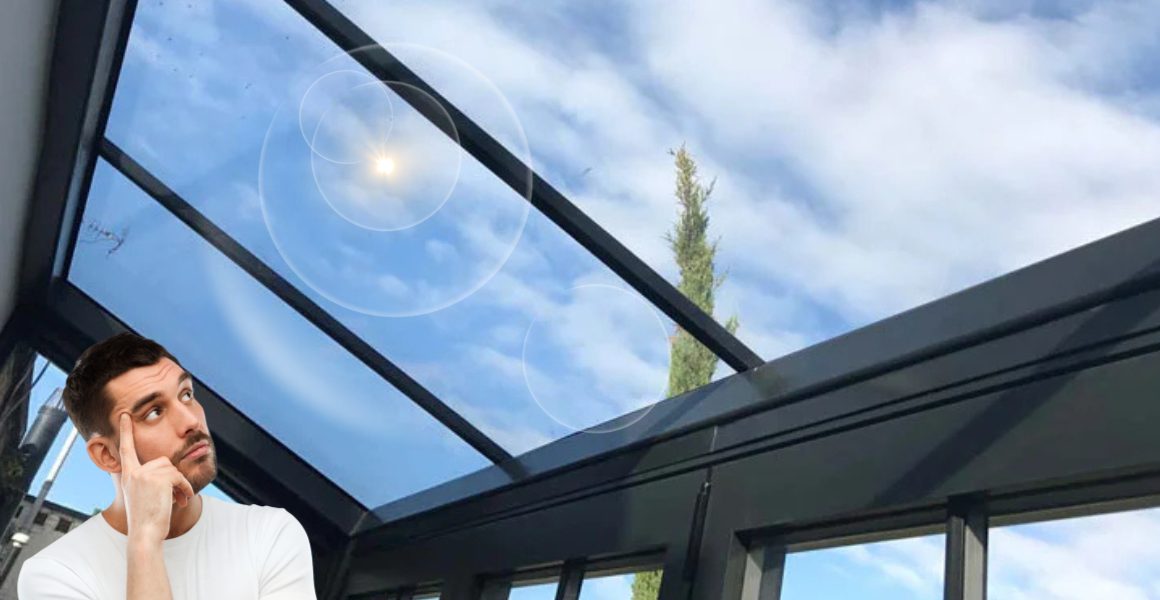Do Skylight Blinds Reduce Heat?
In recent years, the trend for renovating homes instead of moving has been ever-increasing. Faced with increasing house prices and the rise in energy bills, homeowners have re-directed much of their assigned savings to adding more space instead of seeking out new properties. With this has come the rise in single-floor extensions and loft extensions. And, as such, so has the rising interest in roof windows and the window blinds that cover them. When we set out to design a new room, optimising on natural light feels like the most logical focus. However, too much natural light - and, as a result, heat - can turn a new room into one that few people want to frequent. In this guide, we’ll discuss whether skylight blinds can reduce heat and what considerations you should make.
Understanding the correlation between windows and temperature
Three factors determine heat loss in a property:
- U-values - The percentage of heat lost through the fabric of the building
- Leakages - The percentage of heat lost through ventilation (such as through gaps, uncovered windows and open hatches)
- Thermal bridging - A localised weakness in the thermal envelope of a building
U-values and thermal bridging are largely dictated during the design and construction of a building. Since the mid-1980s, the construction industry has been dictated by Building Regulations regulating the U-values allowed in new builds. Equally, additional knowledge about thermal bridging has provided contractors with the means to control it, using techniques that prevent air transfer and heat loss. Insulation into wall cavities became standard in the 1970s with a compulsory order being placed in the 1990s. All of these measures aim to make it easier for you to keep your home at a comfortable level all year round. The one factor that can fall wayside of building regulations is leakages. This has less to do with the initial structure of a building and more to do with wear and tear. As building’s get older, materials move and gaps can appear. Windows become older, sealant becomes less effective and gaps between building materials are more commonplace. In some situations, this can be felt easily - for example, when a breeze slides in under an external door. In others, you may only notice these problems during the winter.
Glass and heat
Of all of the materials used to make a home, glass is one of the poorest conductors of heat. Before double and triple glazing entered the market, it was estimated that up to 60% of heat energy in a home could be lost through single glazed windows. Essentially, this means that you are spending 60% of your heating bills on air that is leaving your home just as quickly as it was produced. One way to reduce this is to ensure you have glazed glass used in your home. Double glazing uses two panes of glass that are separated by a layer of argon gas. This gas is a poor heat conductor and acts as a barrier to prevent the warm heat from escaping (or entering) the home. Triple glazed windows do the same, except they have three panes of glass in work - therefore, offer heightened protection against heat loss. Modern skylight windows are designed to fit this need and will come with this option as standard. Another way to prevent heat loss through this poorly conductive material is to cover it. As we mentioned above, we lose or gain heat through the glass when there is a difference in temperature. Adding a protective cover, such as a skylight blind, over your window manually prevents hot air from coming into contact with the cold surface. And, in turn, this reduces the amount of heat lost.
Do skylight blinds reduce heat?
Most roof windows are positioned to draw in as much natural sunlight as possible. They are a practical way to improve light availability in rooms that are overshadowed or originally devoid of light. This is brilliant if you want to use the space without relying heavily on artificial lighting or are looking to reduce heating bills. However, it can cause more issues at the hottest and coldest times of the year. Excessive heat can build up in a room - especially one that doesn’t have good ventilation, like a loft or glass-based extension. This makes a heat box and produces an environment that no one wants to spend much time in. During the winter, the opposite can occur. You run your heating bills in a bid to warm up the new space but a significant proportion of this heat rises and makes its way through the cold glass. The room stays uncomfortably chilly and you find that the large investment you made isn’t improving usability for you. Thankfully, in both of these instances - yes, skylight blinds will help to reduce heat AND minimise cold too.
Best skylight blinds for heat management
To some degree, all skylight blinds will help with some level of temperature management. They offer a physical barrier that prevents warm air from coming into contact with cold glass. However, your best option will always be Blackout Thermal Skylight Blinds. The specialist fabric used in these window coverings has a multi-layer design. The central layer acts as a light-blocking panel, allowing you to shroud a room in darkness at night-time or when you need a moment to relax. The multi-layer design also helps to trap air between the blind and the windowpane, much in the same way that glazed windows work. To make the most of these blinds, we recommend:
- Pulling your blinds closed during the coldest hours of the day during Winter. This will prevent heat loss and reduce your dependency on the central heating system.
- Opening your blinds during the warmest hours of the day during Winter.
- Pulling your blinds closed during the warmest house of the day in Summer. This will prevent heat build-up and your dependency on cooling appliances such as fans or air conditioning.
- Opening your blinds during the coldest hours of the day in Summer. This will let out any residual heat and keep the room cool in the evenings.
Blackout thermal skylight blinds for your home
At Skylight Blinds Direct, we have a wide range of blackout thermal options to choose from. Whether you’re looking for roof blinds to fit your VELUX®, Fakro®, Keylite® or any other leading brand of skylight windows, we have a solution for you in our online range. You’ll also find a wealth of knowledge in our Blog and our team of experienced blind specialists who can be contacted here.
